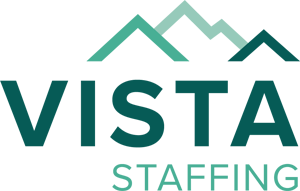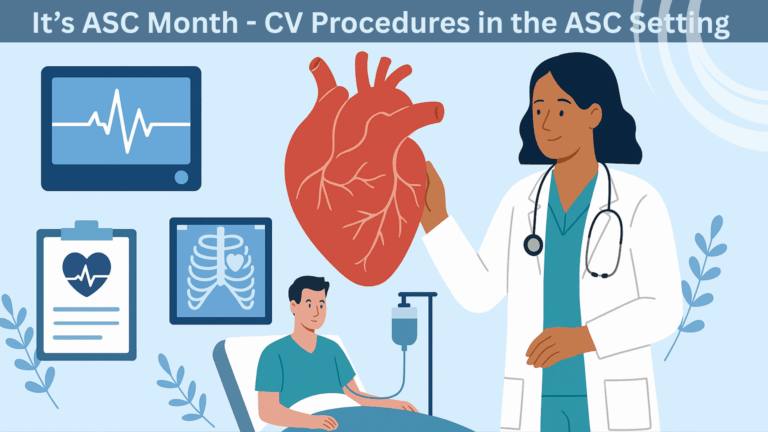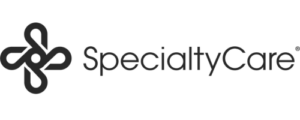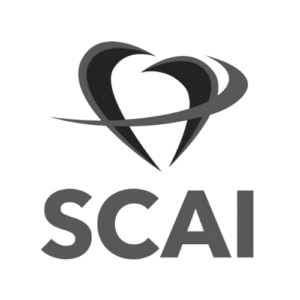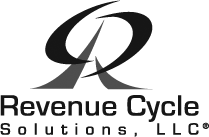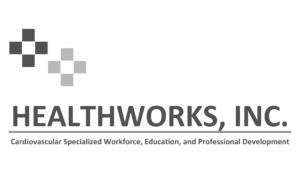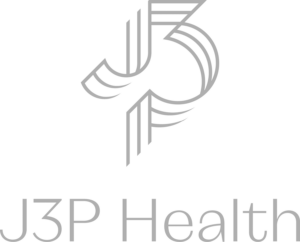What is ECMO?
COVID-19 has presented healthcare with many challenges over the past two years, but an increasingly popular treatment has shown tremendous potential in saving the lives of a highly select population of patients. The treatment in question? Extracorporeal Membrane Oxygenation (ECMO).
In a general sense, ECMO is a technology that supports the work of the heart and lungs. It can stabilize patients to allow their body more time to fight the virus. This treatment is highly specialized, very labor intensive, and requires specific training for the healthcare team. Additionally, limited human and financial resources necessitate that those facilities who consider developing a new ECMO center need to carefully establish their selection criteria.
ECMO is not just specific to COVID-19, and has been in use for all kinds of lung failure including:
- Pulmonary hypertension and right heart failure
- Pulmonary embolus with hemodynamic compromise
- Medication overdose
- Cardiogenic shock: with or without MI
- Non ischemic cardiomyopathy including sepsis-induced cardiomyopathy
But how is a sustainable ECMO program designed, and what are some key considerations (including payment reimbursement)? An ECMO program can be particularly challenging to implement at the hospital or healthcare system level. Corazon recommends that the decision to implement an ECMO program be a well-thought-out strategy. It must include an understanding of one’s infrastructure needs, financial considerations, and growth plan. Some key challenges to consider include the evaluation of existing clinical services and supporting physician capability to support an ECMO service.
The success of an ECMO program is dependent upon the engagement and collaboration of many elements including:
- Institutional commitment (including fiscal support)
- Key personnel with continuous involvement in ECMO management. Including: Administrative and Nursing Leadership, an ECMO Coordinator, and an Outreach Coordinator
- A physician leader with qualifying skills and hospital supported time to develop the program
- A formal consultative ECMO service that has at least two physicians collaborate prior to initiation of therapy and evaluate potential candidates
Implementing an ECMO Program
There are two fundamental phases in developing a successful ECMO program. They are the preparation phase, and the training and education phase. Both phases must be enacted before a new program can treat its first patient. The preparation phase includes strategic, financial, and clinical planning. The training and education phase includes all the involved nurses, perfusionists, and physicians. Program development can take over fourteen months. A typical timeline for the development of an ECMO program consists of:
|
Preparation Phase |
Month 1-6 |
Gaining commitment
Initiate the search/ hire a medical director |
| Months 7-9 |
Selection of program leadership |
|
Training & Education Phase |
Month 9-13 |
Develop training curriculum and protocols
Establish patient selection criteria |
| Month 13-15 |
Ongoing training |
| Month 14 |
Treat first ECMO patient |
Initial costs for an ECMO program include capital supplies, disposable supplies, personnel and training, staffing, and cost per case. ECMO’s are costly, with the main up-front investment being the machine itself. To start a program, an investment of (at minimum) two complete ECMO systems are needed. Variable costs are also a consideration, and the per case cost breakdown is approximately:
- 80% Personnel (includes ED, cath lab, OR, and ancillary staffing)
- 5-10% Disposables
- 10% Blood and medications
- 3-5% Lab
There is also a significant investment needed in ECMO education for the development of training guidelines for all involved disciplines participating in the management of ECMO patients. These guidelines need to be established in the initial planning of a new ECMO program. For further reference, the Extracorporeal Life Support Organization (ELSO) also has established comprehensive recommended guidelines that provide a clinical foundation for the support of ECMO therapy.
Final Thoughts
The development of an ECMO program is multifaceted and entails more than organizing interested providers and purchasing the hardware necessary for support. It takes strong leadership from physician leaders, nursing leaders, and administrative leaders ideally working in a triad leadership model. The initiation of an ECMO program takes a multidisciplinary team, needs to be based on the clinical needs of the patients served, requires advanced clinical capabilities and decision-making, and has clear pathways for patient care to make it high quality and financially sustainable. The optimization of outcomes must remain a priority, and infrastructure needs to be in place to safeguard the monitoring of clinical outcomes and ensure benchmarking against peer groups and national programs. Tracking of outcomes data is a key component of gauging program growth and success. ELSO provides a mechanism for tracking and benchmarking outcomes for ECMO programs (https://www.elso.org/Home.aspx). Programs will also need an established formal case presentation and review process. Lastly, quality initiatives need to be established from the onset of the program.
If your organization is considering the development of an ECMO program, Corazon is ready to assist.
Author: Carol Wesley, Corazon, Inc. Vice President
Resources:
Kent, C.; Extracorporeal organs could save the sickest patients from Covid-19; August 19, 2020. Accessed online December 2, 2021, at: https://www.medicaldevice-network.com/features/ecmo-covid-19-2/
ECMO: Insights, Strategies and Key Considerations for Developing a Sustainable Program. Accessed online December 2, 2021, at: https://www.aha.org/webinars/2020-03-26-ecmo-insights-strategies-and-key-considerations-developing-sustainable-program
McCallister, Dianne, et al. Clinical and Administrative Steps to the ECMO Program Development, May 2019; DOI:10.5772/intechopen.84838

 company
company 
 (412) 364-8200
(412) 364-8200






